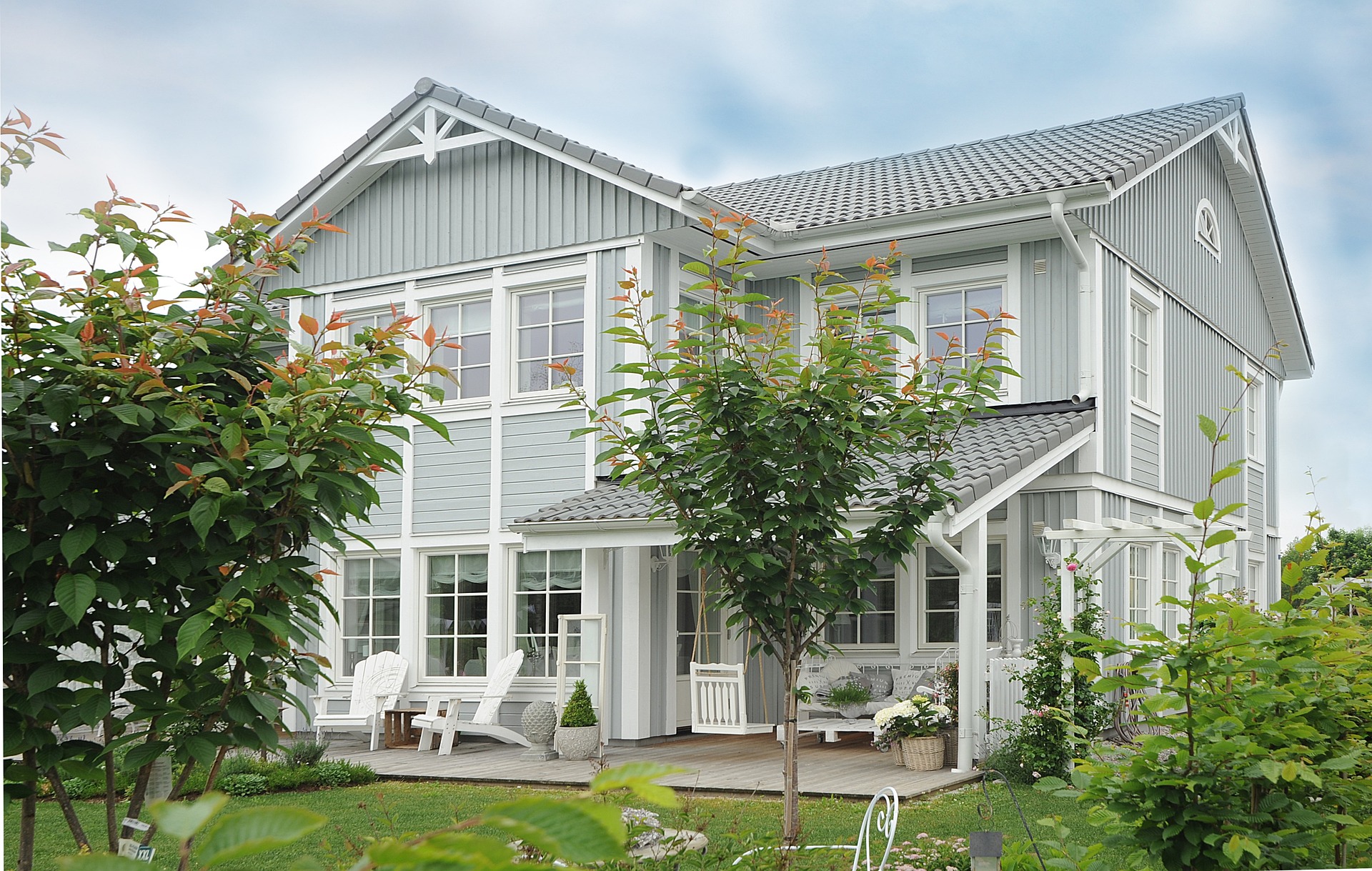Upgrade Your Outdoor Living with Awnings and Overhangs
Create a more comfortable, stylish outdoor living area with awnings and overhangs. These smart additions provide shade, weather protection, and extend usable patio space while enhancing curb appeal and energy efficiency. Learn how retractable awnings, permanent overhangs, materials, and top product choices can transform your exterior and lower cooling costs.

What makes retractable awnings a smart choice?
Retractable awnings give homeowners flexible control over their outdoor environment. You can extend them to create immediate shade on hot, sunny days, then fold them away to enjoy open skies or to protect the fabric from stormy weather. This ability to deploy or stow the covering as conditions change means you get both protection and freedom, making retractable systems a practical long-term investment for anyone who wants to maximize patio or deck use year-round.
How overhangs compare to awnings
Although both solutions shield outdoor spaces from sun and rain, overhangs and awnings serve different needs. Overhangs are permanent architectural elements, built from the roofline or attached to a wall, and deliver consistent coverage to entries, windows, or porches. Awnings are more customizable: commonly fabric-based, they can be either fixed or retractable and come in a wide variety of styles, colors, and locations. In short, overhangs integrate into the structure for steady protection, while awnings offer design flexibility and easier customization.
Choosing materials for durability and look
Material selection depends on climate, maintenance preferences, and the look you want. Fabrics such as acrylic, polyester, and canvas are popular for awnings because they resist water, hold color well, and are available in many patterns. For a longer-lasting option, aluminum or steel awnings provide strong weather resistance and minimal upkeep. Overhangs are usually built to match a home’s architecture; common choices include painted or stained wood, metal, and vinyl, each offering varying degrees of maintenance and longevity.
Awnings, overhangs, and energy savings
Beyond comfort, these shading options can reduce indoor heat gain and lower cooling demand. By preventing direct sunlight from reaching windows and glass doors, awnings and overhangs help keep interior temperatures down and can cut air conditioning use. Research indicates properly placed awnings can reduce solar heat gain by up to 65% on south-facing windows and as much as 77% on west-facing windows. That translates to energy savings and a smaller environmental footprint.
Popular awning and overhang options to consider
Below are several widely used products and their distinguishing features, along with general cost ranges to help with planning:
- SunSetter Motorized Retractable Awning — Motorized controls, optional weather sensors, multiple fabric choices. Estimated cost: $2,000 to $3,500.
- Awntech Maui-LX Manual Retractable Awning — Manual operation, sturdy aluminum frame, broad color selection. Estimated cost: $500 to $1,500.
- Palram Feria Patio Cover — Permanent cover using polycarbonate panels with UV protection and snow-load capacity. Estimated cost: $1,000 to $2,500.
- Eclipse Drop Arm Awning — Flexible window shading with fabric tension system; available motorized. Estimated cost: $800 to $2,000.
- Sunesta Retractable Awning — Fully custom sizes, wind sensors, remote operation. Estimated cost: $3,000 to $5,000.
Prices and availability change over time, so verify current figures and specifications before making a purchase decision.
Making the right choice for your home
Awnings and overhangs are versatile investments that improve outdoor livability, protect against the elements, and can boost a home’s aesthetic and energy performance. If you want adaptable shade that you can retract when not in use, a motorized or manual retractable awning is an excellent option. For consistent, low-maintenance coverage integrated into your house design, a permanent overhang or patio cover may be preferable. Consider climate, maintenance, budget, and the look you want when comparing materials and models.
With careful selection based on your needs and a bit of research on products and costs, you can turn a porch, patio, or deck into a more usable, comfortable, and attractive extension of your home.






